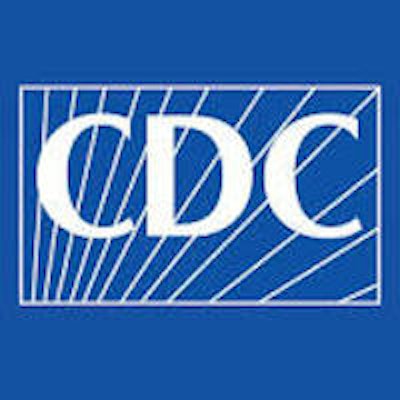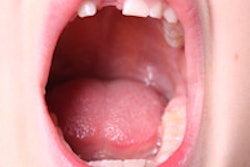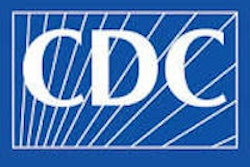
Millions of infants, children, and adolescents in the U.S. are not getting preventive dental services, according to a September 12 report by the Centers for Disease Control and Prevention (CDC).
Tooth decay is one of the most common chronic conditions among children, noted the authors of the report entitled "Use of Dental Care and Effective Preventive Services in Preventing Tooth Decay Among U.S. Children and Adolescents -- Medical Expenditure Panel Survey, United States, 2003-2009 and National Health and Nutrition Examination Survey, United States, 2005-2010."
“Parents need to know that many clinical preventive services for their children, such as screening and vaccination, are available for free with many health plans.”
"Although preventive dental care is effective, the percentage of children using dental care is low," they concluded.
The findings offer a baseline assessment of the use of selected services prior to 2012, which is before or shortly after implementation of the Patient Protection and Affordable Care Act (ACA).
The report defines clinical preventive services as various forms of important dental or medical or care that support healthy development. These services are delivered by doctors, dentists, nurses, and allied health providers in clinical settings.
About 23% of children ages 2 to 11 years have at least one primary tooth with untreated decay, and 20% of adolescents ages 12 to 19 years have at least one permanent tooth with untreated decay, according to the CDC. Approximately a quarter of U.S. children do not have dental insurance, either private or public.
In 2009, total dental expenses for U.S. children ages 5 to 17 years were about $20 billion, accounting for 17.7% of all healthcare expenses among this age group, according to the report. Approximately 40% of dental costs were paid out of pocket, compared with 17% for medical care. The types of services covered by dental insurance vary by plan, but typically have higher co-payments and lower annual limits than services covered by medical insurance.
The CDC report focuses on 11 clinical preventive services, including preventive dental services, human papillomavirus (HPV) vaccination, and tobacco use screening and cessation assistance.
Sample findings from the report include the following:
- In 2009, more than half (56%) of children and adolescents did not visit the dentist in the past year, and nearly 9 of 10 (86%) children and adolescents did not receive a dental sealant or a topical fluoride application in the past year.
- Nearly half (47%) of females ages 13 to 17 years had not received their recommended first dose of HPV vaccine in 2011.
- Approximately 1 in 3 (31%) outpatient clinic visits made by 11- to 21-year-olds during 2004-2010 had no documentation of tobacco use status; 8 of 10 (80%) of those who screened positive for tobacco use did not receive any cessation assistance.
- Almost 1 in 4 (24%) outpatient clinic visits for preventive care made by 3- to 17-year olds during 2009-2010 had no documentation of blood pressure measurement.
- In 2007, parents of almost 8 in 10 (79%) children ages 10 to 47 months reported that they were not asked by healthcare providers to complete a formal screen for developmental delays in the past year.
"We must protect the health of all children and ensure that they receive recommended screenings and services. Together, parents and the public health and healthcare communities can work to ensure that children have health insurance and receive vital preventive services," Stuart Shapira, MD, PhD, chief medical officer and associate director for science in CDC's National Center on Birth Defects and Developmental Disabilities, said in a statement. "Increased use of clinical preventive services could improve the health of infants, children, and teens and promote healthy lifestyles that will enable them to achieve their full potential."
The report reveals large disparities in the receipt of clinical preventive services. For example, uninsured children are not as likely as insured children to receive these services.
The ACA expands insurance coverage, access, and consumer protections for the U.S. population and places a greater emphasis on prevention. Through implementation of the ACA, new opportunities exist to promote and increase use of these valuable and vital services. This latest report is the second of a series of periodic reports from CDC to monitor and report on progress made in increasing the use of clinical preventive services to improve population health.
"The Affordable Care Act requires new health insurance plans to provide certain clinical preventive services at no additional cost -- with no c-opays or deductibles," said Lorraine Yeung, MD, MPH, a medical epidemiologist with CDC's National Center on Birth Defects and Developmental Disabilities. "Parents need to know that many clinical preventive services for their children, such as screening and vaccination, are available for free with many health plans."



















